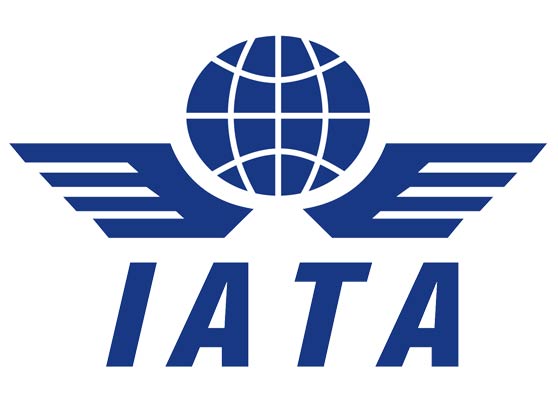
Air freight volumes remain flat in April
JUNE 5, 2015: Air freight volumes were up 3.3 percent in April compared to a year ago which was below the 4.3 percent expansion seen so far this year. The April result provides a clearer reading of air freight market performance, after holiday and temporary factors impacted year-on-year comparison in Q1, and suggests that there […]

JUNE 5, 2015: Air freight volumes were up 3.3 percent in April compared to a year ago which was below the 4.3 percent expansion seen so far this year. The April result provides a clearer reading of air freight market performance, after holiday and temporary factors impacted year-on-year comparison in Q1, and suggests that there are early signs of a slowdown. The first chart below shows a flattening in the growth trend when looking at the past 6 months. This means that so far this year, there has been no growth in volumes when compared to late 2014.
The main reason for the flattening in the global trend is adverse developments in Asia Pacific. Carriers in Asia Pacific recorded a 4.5 percent rise in FTKs in April year-on-year, well below the growth year-to-date, 7.3 percent. The slowdown is consistent with a reversal in earlier gains in regional trade. Part of the recent decline in emerging Asia exports is reflecting economic weakness in Europe, which dampens demand for manufactured goods shipped by Asia Pacific carriers.
Carriers in the Middle East continue to show strong growth, with a rise of 14.1 percent in April year-on-year, reflecting continued expansion in capacity and network, as well as robust trade with Middle Eastern economies. In Europe, by contrast, air freight volumes carried by regional airlines fell 0.3 percent in April year-on-year.
Air freight load factors dipped sharply in April in response to robust growth in capacity. Levels are now the lowest they have been for the past year, on a seasonally adjusted basis. All regions except Africa recorded an increase in capacity in April compared to March. Acceleration in the air freight growth trend is unlikely in the near term. Globally, April data show no increase inQ business confidence compared to the start of the year. Furthermore, export orders have shown gradual decline throughout Q1, and are now indicating no growth.
The first chart above shows that after adjusting for seasonal and holiday ups and downs in FTK volumes, there has been no change in the growth trend for the past 6 months. This means that so far this year, there has been no further growth in volumes when compared to late 2014. The improvement in air freight volumes seen throughout much of 2014 appears to be slowing down
Carriers in Asia Pacific recorded a 4.5 percent rise in FTKs in April year-on-year, well below the growth year-to-date, 7.3 percent. The slowdown is consistent with a reversal in earlier gains in regional trade. Current trade volumes for emerging Asia are down 10 percent when compared to the start of Q4 2014. Part of the recent decline in emerging Asia exports reflects economic weakness in Europe, which dampens demand for manufactured goods shipped by Asia Pacific carriers.
Trade has been increasing with Middle East economies but a large part of the airlines’ business success is owed to network and capacity expansion that has encouraged air freight to go through Middle East hubs. In Europe, by contrast, air freight volumes carried by regional airlines fell 0.3 percent in April year-on-year. Recent improvements in business confidence in the Eurozone are yet to translate to increased demand for air freight.
In the US, latest economic data show a disappointing first quarter of GDP growth, with a contraction compared toQ Q4 2014. The April air freight result was consistent with this development, recording a weak 0.1 percent rise compared to a year ago. However, better economic performance is expected in Q2, as the impacts of bad weather, falling oil prices and US sea port congestion will dissipate.
In Latin America, regional carriers saw a 6.8 percent contraction in volumes in April year-on-year. Although key economies like Brazil and Argentina continue to struggle, regional trade activity has increased during recent months. Unfortunately, this has yet to translate into a pick-up in air freight demand on regional carriers.

